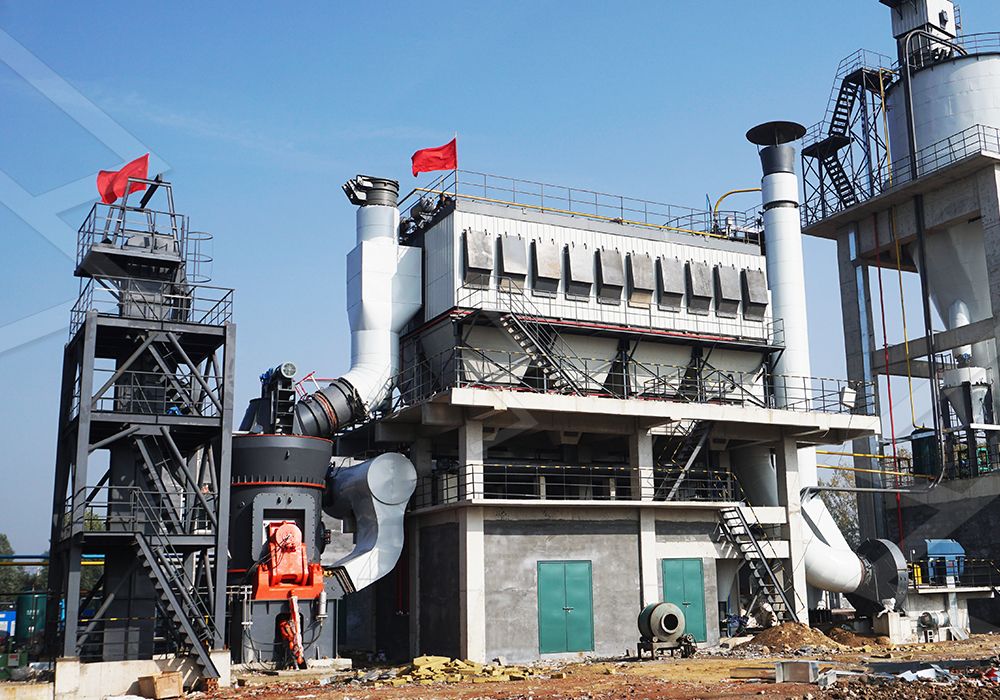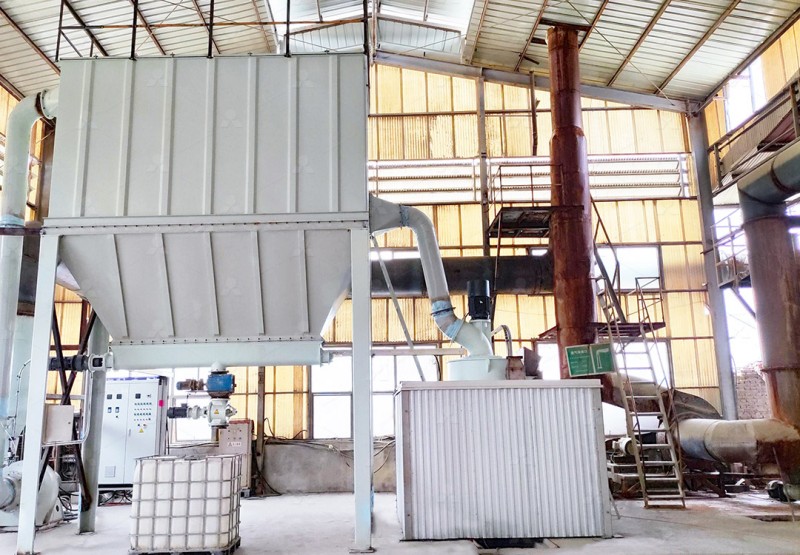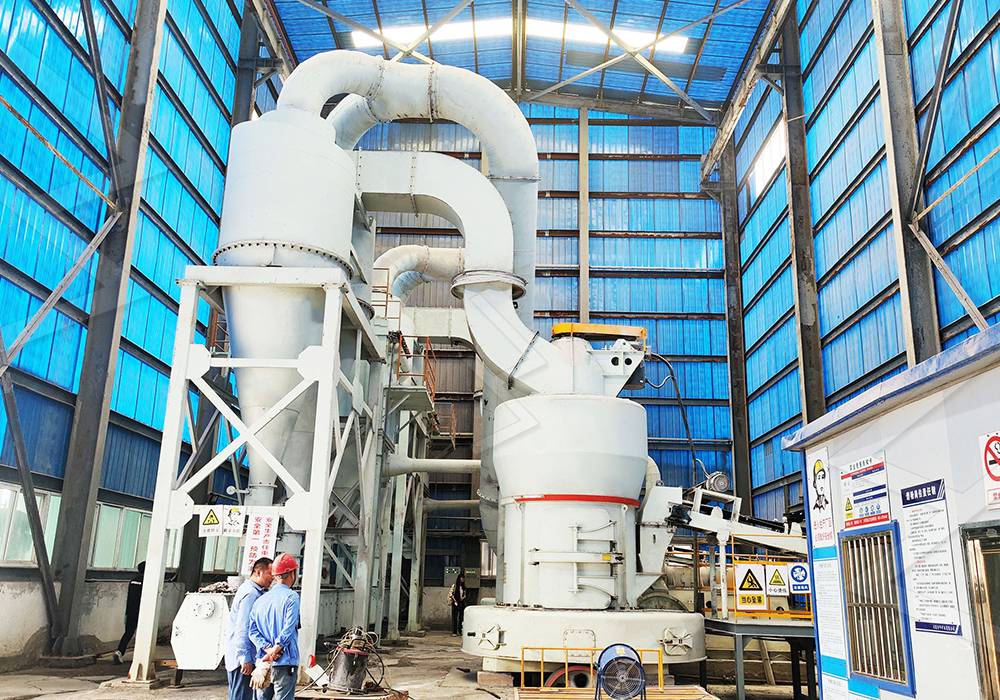Key Advantages of Vertical Mill for Carbon Black Processing
Key Advantages of Vertical Mill for Carbon Black Processing
In the specialized field of carbon black processing, selecting the right grinding equipment is crucial for achieving optimal product quality, operational efficiency, and environmental compliance. Vertical roller mills have emerged as the preferred technology for this demanding application, offering distinct advantages over traditional grinding systems like ball mills or Raymond mills.

Superior Particle Size Control and Product Quality
Carbon black applications demand precise particle size distribution and high purity levels. Vertical mills excel in this area through their advanced classification systems and controlled grinding mechanisms. The absence of direct metal-to-metal contact in the grinding zone significantly reduces iron contamination, preserving the essential properties of carbon black. This is particularly critical for high-value applications in plastics, inks, and coatings where product consistency directly impacts performance.
The adjustable fineness capability, typically ranging from 325 to 2500 meshes, allows processors to tailor the product specifications to exact customer requirements. This flexibility is further enhanced by sophisticated powder separation technology that ensures consistent particle size distribution batch after batch.
Enhanced Energy Efficiency and Operational Economics
Modern vertical mills demonstrate remarkable energy savings compared to conventional grinding systems. The integrated grinding and drying capability eliminates the need for separate drying equipment, while the efficient grinding principle reduces power consumption by 30-50% compared to ball mills. This translates to significant operational cost reductions, especially important given the energy-intensive nature of fine grinding operations.
Our MW Ultrafine Grinding Mill exemplifies these efficiency advantages. With an input size capability of 0-20 mm and capacity ranging from 0.5 to 25 tph, this machine incorporates German cage-type powder selector technology that enables precise fineness adjustment between 325-2500 meshes. The innovative design achieves 40% higher production capacity compared to jet mills and double the output of ball mills while consuming only 30% of the energy of jet grinding systems.

Environmental Compliance and Operational Safety
Carbon black processing presents significant environmental challenges, particularly regarding dust control and emissions. Vertical mills address these concerns through completely enclosed systems operating under negative pressure, preventing dust escape. Integrated pulse dust collectors and silencers ensure that operations meet stringent environmental standards while maintaining comfortable working conditions.
The LUM Ultrafine Vertical Grinding Mill represents another excellent option for carbon black processing, featuring double position-limiting technology that ensures operational stability even under variable feed conditions. With input size handling up to 10 mm and capacity of 5-18 tph, this mill incorporates the latest Taiwanese grinding roller technology and German powder separating technology. The reversible structure design simplifies maintenance, allowing quick access to grinding components without extended downtime.
Reduced Maintenance and Operational Reliability
Vertical mills are engineered for minimal maintenance requirements and maximum operational availability. The absence of rolling bearings and screws in the grinding chamber eliminates common failure points, while external lubrication systems enable maintenance without production interruption. These design features are particularly valuable in carbon black processing, where continuous operation is essential for economic viability.
Both the MW and LUM series mills feature digitalized processing with numerically controlled machining of core components, ensuring high precision and reliability. The comprehensive spare parts support and technical services further guarantee worry-free operation throughout the equipment lifecycle.

Frequently Asked Questions
What makes vertical mills particularly suitable for carbon black processing?
Vertical mills offer superior particle size control, reduced iron contamination, energy efficiency, and excellent environmental performance—all critical factors for high-quality carbon black production.
How does the MW Ultrafine Grinding Mill achieve such significant energy savings?
The MW mill utilizes newly designed grinding curves and efficient classification technology that reduces energy consumption by up to 70% compared to conventional jet mills while providing 40% higher capacity.
Can vertical mills handle variations in carbon black feedstock quality?
Yes, modern vertical mills like the LUM series feature advanced control systems that automatically adjust grinding pressure and separator speed to maintain consistent product quality despite feed variations.
What environmental benefits do vertical mills provide for carbon black processing?
These mills operate under negative pressure with integrated dust collection, virtually eliminating dust emissions. Additionally, noise reduction technology and efficient operation minimize the overall environmental footprint.
How does maintenance requirements compare between vertical mills and traditional grinding systems?
Vertical mills typically require less frequent maintenance due to their robust design, absence of critical components in the grinding zone, and accessible maintenance features that reduce downtime by up to 50%.
